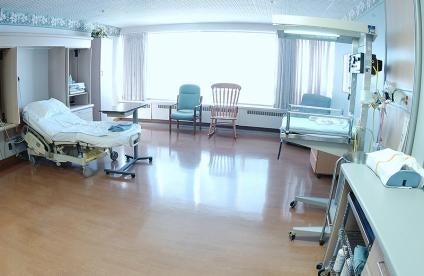The US Court of Appeals for the Federal Circuit recently addressed the applicability of the so-called “something more” standard for the relatedness of goods and services for purposes of finding a likelihood of confusion between two marks.
In In re St. Helena Hospital, St. Helena Hospital filed a US trademark application for the mark TAKETEN covering health care services. The US Patent and Trademark Office (USPTO) refused to register the mark based on a likelihood of confusion with a third-party registration for the mark TAKE 10! covering printed materials dealing with physical activity and physical fitness. St. Helena appealed the USPTO’s refusal to the Trademark Trial and Appeal Board (TTAB).
The TTAB affirmed the USPTO’s refusal, finding that consumers are likely to believe that health care services and printed materials on physical activity and physical fitness originate from the same source.
The TTAB based its decision, in part, on examples of organizations that both provide health care services and distribute printed materials. The TTAB also recognized that the Federal Circuit has required a higher standard than mere similarity between goods and services when analyzing whether there exists a likelihood of confusion. For example, the Federal Circuit has noted that the fact that restaurants serve food and beverages is insufficient to render food and beverages related enough to restaurant services to find a likelihood of confusion. Instead, the Federal Circuit has held that a party must show “something more” than the fact that similar or even identical marks are used for food products and restaurant services to establish a likelihood of confusion. Despite the Federal Circuit’s use of the “something more” standard for certain goods and services, the TTAB decided that “[i]n this case, there is no ‘something more’ standard.” St. Helena appealed the TTAB’s decision to the US Court of Appeals for the Federal Circuit.
The Federal Circuit found a lack of substantial evidence that St. Helena’s health care services were “related” to the registrant’s printed goods.
The court also found that substantial evidence did not support the TTAB’s decision that the cited printed materials bore the same mark or name as the health care facilities that distributed the materials. It noted that the TTAB’s evidence merely showed that printed materials are used “in connection” with various health care service programs; and that the mere fact that goods and services are “used together” does not, alone, show relatedness between such goods and services.
The court concluded that to refuse a registration on the basis of relatedness, the USPTO must provide “a persuasive evidentiary showing” of relatedness between the goods and services at issue.
The court determined that the TTAB failed to show that St. Helena’s services and printed materials were generally recognized as being related, and failed to show the existence of “something more” to establish sufficient relatedness between the goods and services. As a result, the court remanded the case for further proceedings to apply the “something more” standard.
While the Federal Circuit provided little clarification as to what exactly constitutes “something more” when determining the relatedness of goods and services, it did confirm the broad applicability of the standard to varying goods and services. At a minimum, this case demonstrates that the USPTO will need to provide additional evidence to support a claim that categories of goods and services are sufficiently “related” to find a likelihood of confusion.





 i
i


